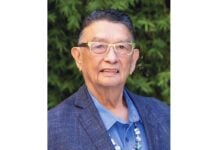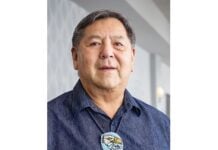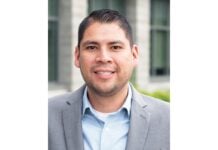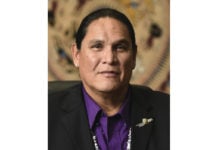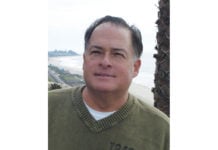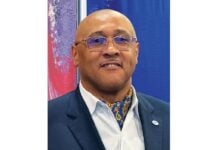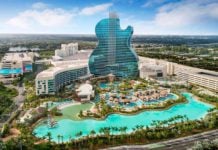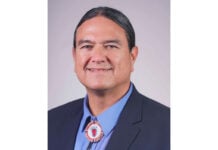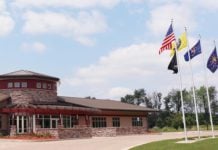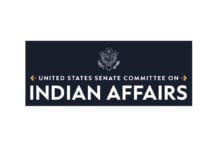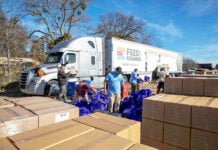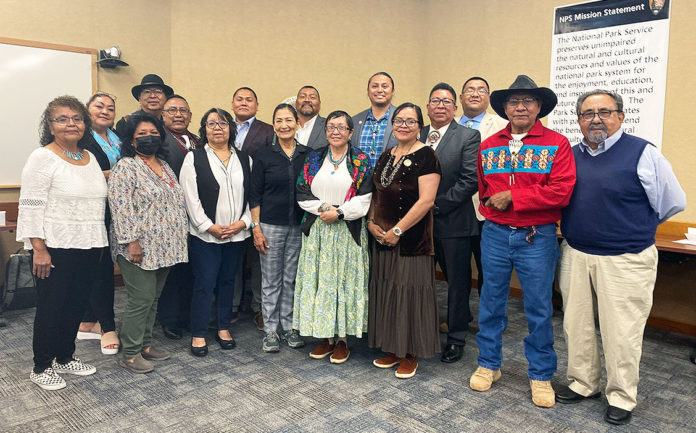GRAND CANYON VILLAGE, AZ – Secretary of the Interior Deb Haaland visited the greater Grand Canyon landscape recently to meet with tribal leaders, local elected officials, and community members to learn about their vision for conserving the natural and cultural resources in the greater Grand Canyon watershed.
During the visit, Secretary Haaland, Congressman Raúl Grijalva, staff representing Senator Kyrsten Sinema, and leaders from the Bureau of Land Management, U.S. Forest Service, and National Park Service heard directly from the community on efforts to create the Baaj Nwaavjo I’tah Kukveni Grand Canyon National Monument.
Baaj Nwaavjo means “where tribes roam” for the Havasupai Tribe and I’tah Kukveni means “our footprints” for the Hopi Tribe. Tribal leaders of the Grand Canyon Tribal Coalition, Congressman Grijalva and Senator Sinema have proposed the protection of approximately 1.1 million acres of land adjacent to Grand Canyon National Park.
During her visit, Secretary Haaland had an opportunity to see the Grand Canyon and to view the areas proposed for a national monument. She heard from members of the Grand Canyon Tribal Coalition about their efforts to permanently protect this area to honor the area’s significant cultural and historic values, and to better protect the watershed from the potential adverse effects of additional uranium mining. The Secretary’s visit is part of the federal government’s ongoing engagement and public dialogue related to this proposal.
The Coalition includes tribal representation from the Colorado River Tribes, Havasupai Tribe, Hopi Tribe, Hualapai Tribe, Kaibab Band of Paiute Indians, Las Vegas Tribe of Paiute Indians, Moapa Band of Paiutes of Southern Nevada, Navajo Nation, Paiute Indian Tribe of Utah, San Juan Southern Paiute Tribe, Yavapai-Apache Nation, and Pueblo of Zuni.
Secretary Haaland also met with local officials, business leaders, representatives from non-governmental organizations and academia, and other community members who shared their perspective about the importance of wise management of public lands within the Grand Canyon watershed, and how a national monument can support access to the outdoors and further strengthen Arizona’s growing outdoor recreation economy.
The U.S. Bureau of Economic Analysis recently released data that shows outdoor recreation growing rapidly in Arizona, adding more than $9.8 billion to state’s economy in 2021 and providing over 100,000 jobs. Overall, outdoor recreation, including fishing, hunting, RVing and camping, accounted for more than two percent of Arizona’s total gross domestic product in 2021.
The proposal for a national monument builds upon decades of work from tribes, members of Congress, and community members to protect the greater Grand Canyon area and its watershed. In 2012, former Interior Secretary Ken Salazar finalized a 20-year mineral withdrawal for more than one million acres of Bureau of Land Management and U.S. Forest Service lands to protect the Grand Canyon and its watershed from the potential adverse effects of additional uranium and other hardrock mining.







